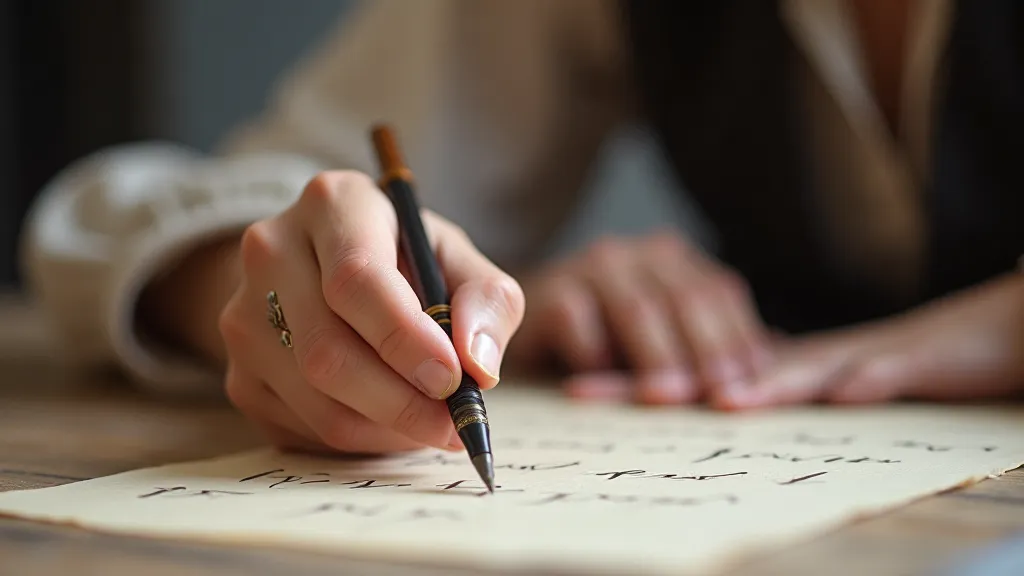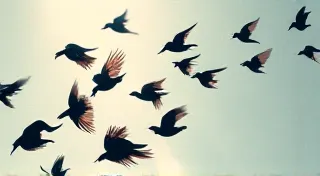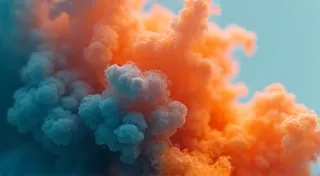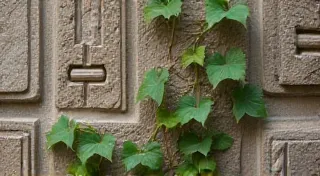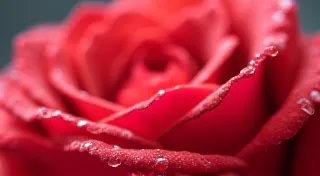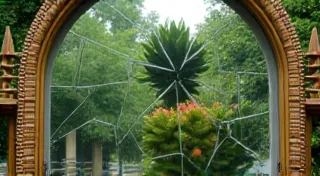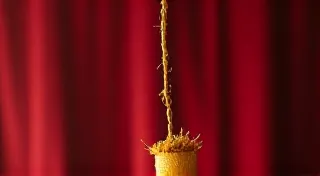The Amber Archive: Cataloging Lost Calligraphic Traditions – A Left-Handed Perspective
There’s a peculiar melancholy that clings to antique accordions, a sense of silenced music yearning to be released. I feel a similar weight when I consider the annals of calligraphy. We often celebrate the titans, the masters whose works grace museum walls and textbooks. But what about the echoes of those who practiced, who *tried* to master the art, whose efforts were perhaps dismissed, or simply overlooked, because their hands moved in a world turned slightly askew? This is the impetus behind my own deep dive: cataloging lost calligraphic traditions, specifically examining those potentially obscured by the biases inherent in a predominantly right-handed historical narrative.
My fascination began unexpectedly. I’m a left-handed calligrapher, a reality that presents its own set of unique challenges – the constant battle against ink smudging, the awkward hand positioning, the ingrained feeling of being slightly ‘other’ in a world designed for the right-handed. I’m sure many of you reading this can relate. As I researched methods to improve my practice, I began to notice patterns: instructions tailored explicitly for right-handed techniques, adaptations offered as afterthoughts, and an overall lack of exploration into how left-handed individuals might have historically approached the craft.
The Bias of the Scribes
Historically, the vast majority of scribes were right-handed. Manuscript production was a crucial and often lucrative profession, particularly during the medieval period. Right-handed monks and secular scribes meticulously copied texts, often with incredible artistry and devotion. Their tools, their methods, their entire approach was optimized for a right-handed workflow. Imagine, for a left-handed individual, attempting to emulate their movements, battling against the natural tendency to smear ink while striving to achieve the same level of precision. It's not simply a matter of mirroring the movements; the very angle of the hand, the pressure applied, the visibility of the script – all are impacted.
Consider the development of the broad pen nib. The design, particularly in early examples, inherently favored a pull stroke towards the writer, a movement that is fundamentally more comfortable and efficient for a right-handed individual. A left-handed calligrapher would be pushing the nib, a less precise and often more tiring motion, potentially leading to inconsistencies in line weight and overall aesthetic.
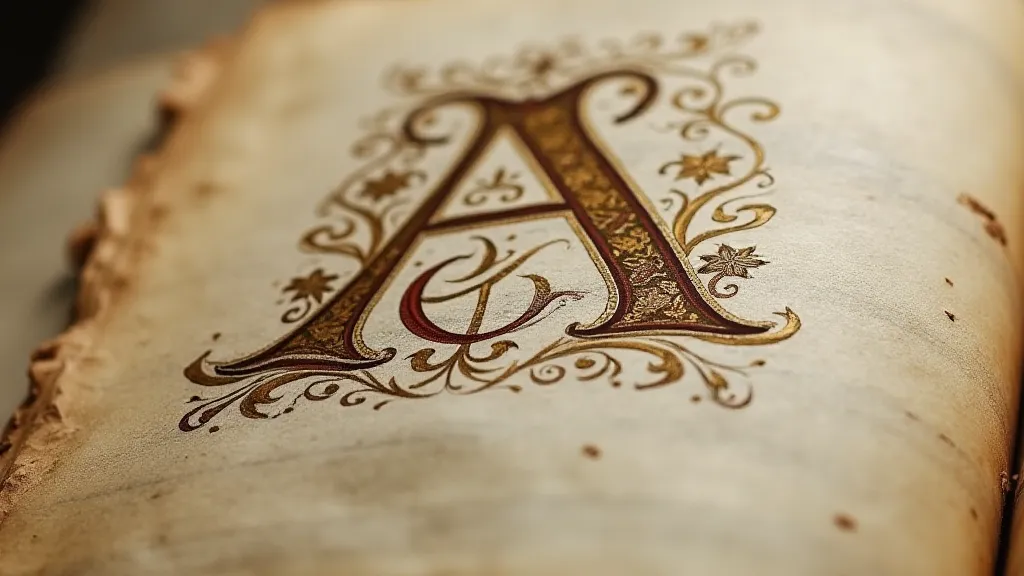
Whispers in the Archives
The process of uncovering these potentially lost traditions is painstaking. It's not about finding explicit treatises dedicated to left-handed calligraphy (though a discovery of that magnitude would be monumental!). It's about piecing together clues from unexpected sources. Analyzing the angle of flourishes in surviving manuscripts – are there subtle indications of a left-handed influence? Examining the wear patterns on antique writing desks – do they reveal a consistent left-handed position? Examining the materials used – might a left-handed calligrapher have chosen a particular type of ink or parchment to minimize smudging?
I’m particularly intrigued by the limited documentation of ‘vernacular’ calligraphy – the calligraphy practiced by individuals outside of the monastic orders or established guilds. These were often self-taught calligraphers, individuals simply striving to create beautiful letters for personal correspondence or local documentation. It’s within these less formal practices that we might find the most revealing insights into how left-handed individuals adapted and innovated.
I’ve begun to analyze a collection of 18th-century farm records from rural England. While the calligraphy itself is functional and unadorned, a careful examination of the ink smudges, the slant of the letters, and the overall arrangement on the page suggests a consistent left-handed presence. This isn't conclusive evidence, of course, but it offers a tantalizing glimpse into a world that rarely gets documented.
The Alchemy of Adaptation
Left-handed calligraphers throughout history undoubtedly developed their own unique approaches, a form of alchemy where necessity met creativity. They weren't necessarily *inventing* new techniques, but rather adapting existing ones, subtly shifting the angles, adjusting the pressure, finding a rhythm that worked within their own physical constraints.
I believe many of these adaptations were passed down informally, within families or local communities, rather than being codified in formal instructions. The knowledge was embedded in the hands, in the muscle memory, in the ingrained feeling of what ‘felt right’ when creating letters. This is why uncovering these traditions is so challenging – they weren’t written down; they were *lived*.
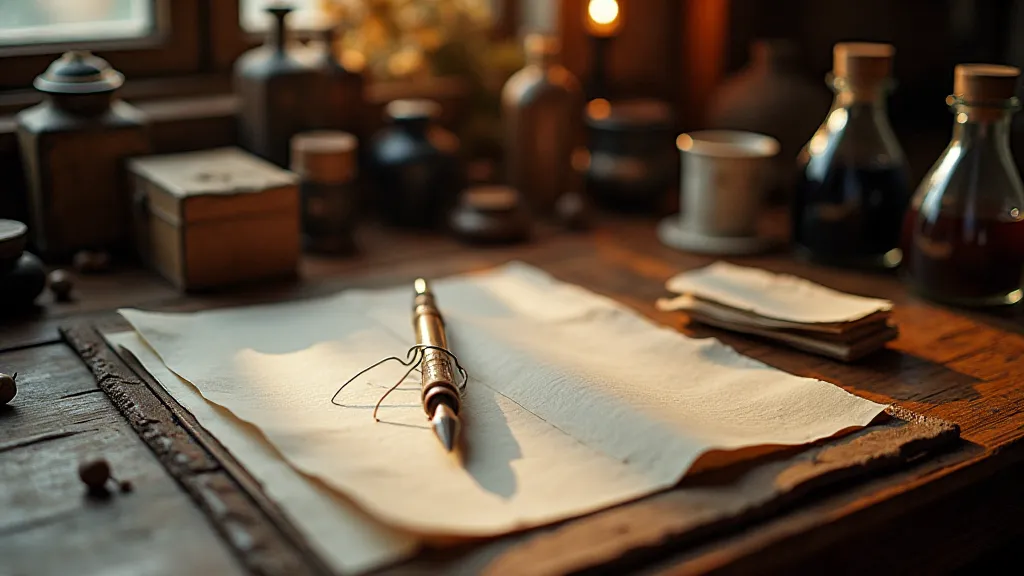
Collecting and Restoration: A Left-Handed Perspective
For those interested in collecting or restoring antique calligraphy tools and materials, a left-handed perspective can be particularly insightful. Examine the wear patterns on nibs – do they indicate a pushing motion rather than a pulling one? Consider the angle of the writing slope – would it have been comfortable for a left-handed individual?
When restoring damaged manuscripts, it’s crucial to avoid imposing a right-handed bias. Reconstruction should aim to preserve the original character of the work, even if that means acknowledging a potential left-handed influence. It’s about understanding the original intent, even if that intent was shaped by a unique set of circumstances.
A Call for Rediscovery
The Amber Archive, as I’ve termed this ongoing project, is more than just an academic exercise. It’s a heartfelt attempt to give voice to those who were historically marginalized, to acknowledge the contributions of left-handed calligraphers whose stories have been largely untold. It’s a call for rediscovery, a plea to look beyond the dominant narrative and to appreciate the richness and diversity of calligraphic traditions. The echoes of these lost practices are still there, waiting to be heard, if only we take the time to listen.
Perhaps, by understanding how left-handed individuals navigated the challenges of calligraphy in the past, we can better appreciate the beauty and resilience of the human spirit – and perhaps, even develop new and innovative approaches to the craft ourselves.
